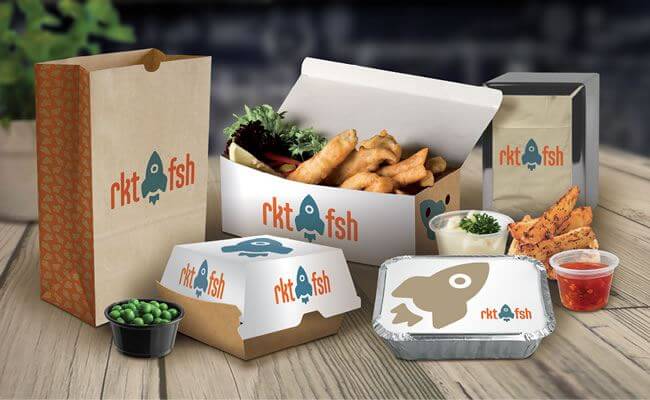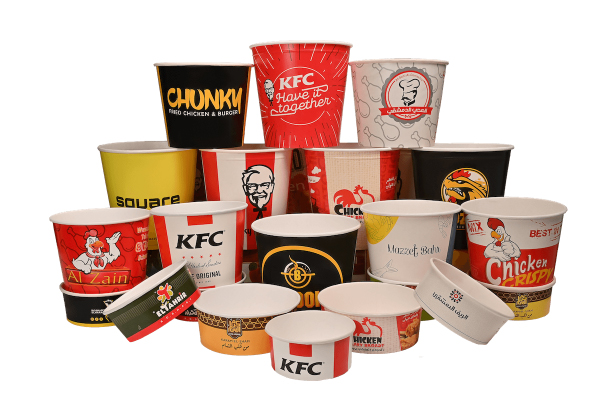In recent years, the demand for low VOC food packaging inks has surged as industries strive to adopt more sustainable practices. The primary concern with traditional inks is their volatile organic compound (VOC) content, which can negatively impact both the environment and human health. By embracing low VOC options, businesses not only contribute to a healthier planet but also meet the growing consumer demand for eco-friendly products.

What Are VOCs?
Volatile organic compounds, or VOCs, are chemicals that evaporate at room temperature. They are commonly found in many household products, including paints, inks, and cleaning agents. In the context of food packaging, VOCs can sometimes migrate into food products, posing potential health risks to consumers.
Why Choose Low VOC Inks?
Using low VOC food packaging inks is essential for several reasons. These inks help in reducing the emission of harmful chemicals, thereby improving air quality. Additionally, they minimize the risk of ink migration into food products, ensuring that the packaging remains safe for consumers.
Environmental Benefits
Switching to low VOC inks significantly reduces the carbon footprint of packaging operations. These inks are typically water-based or use alternative solvents that are less harmful than conventional options. As a result, they contribute to less environmental pollution and are a crucial step towards sustainable packaging solutions.
Health Advantages
The use of low VOC inks in food packaging helps in maintaining the integrity and safety of food products. By reducing the risk of contamination from harmful chemicals, these inks ensure that food remains safe for consumption, which is a growing concern among health-conscious consumers.
Industry Standards and Regulations
Various standards and regulations govern the use of inks in food packaging. These regulations ensure that the inks used do not pose any harm to consumers. Companies adopting low VOC inks are better positioned to comply with these regulations, thereby avoiding potential legal issues and maintaining consumer trust.
Compliance with Food Safety Standards
It is crucial for packaging companies to adhere to food safety standards to ensure the safety of their products. Low VOC inks are formulated to meet these standards, providing an additional layer of safety.
Adoption by Industry Leaders
Many leading brands are already making the switch to low VOC inks to enhance their sustainability credentials. By adopting these inks, companies can not only improve their environmental impact but also gain a competitive edge in the market.
Challenges and Considerations
While the benefits of low VOC inks are clear, there are challenges associated with their adoption. These include cost implications and the need for technological upgrades in printing facilities. However, the long-term benefits of adopting these inks often outweigh the initial hurdles.
Cost Implications
Initially, adopting low VOC inks may seem costlier due to the need for new materials and processes. However, in the long run, they can lead to savings by reducing waste and improving production efficiency.
Technological Upgrades
Switching to low VOC inks may require updates to existing printing equipment. Companies must evaluate the necessary investments to ensure a smooth transition.
The Future of Packaging Inks
The future of packaging inks lies in innovation and sustainability. As technology advances, we can expect even more eco-friendly and efficient ink solutions. Low VOC food packaging inks are just the beginning of this trend towards a greener future.
Innovations on the Horizon
Emerging technologies are paving the way for new ink formulations that offer enhanced performance while being environmentally friendly. These innovations will likely lead to more widespread adoption of sustainable inks across various industries.
Consumer Demand Driving Change
The shift towards low VOC inks is driven by increasing consumer demand for sustainable products. As awareness of environmental issues grows, consumers are more likely to support brands that prioritize sustainability.
Conclusion
In conclusion, low VOC food packaging inks represent a significant step towards a more sustainable and safer future. By reducing harmful emissions and ensuring food safety, these inks benefit both the environment and consumers. As the industry continues to evolve, the adoption of low VOC inks will likely become a standard practice, reflecting the growing commitment to sustainability and innovation.
For more information on food packaging inks, visit food-grade ink regulation.

FAQs
What are low VOC inks?
Low VOC inks are printing inks with reduced levels of volatile organic compounds, making them more environmentally friendly and safer for food packaging.
Why are low VOC inks important for food packaging?
They minimize the risk of chemical migration into food products, ensuring consumer safety and compliance with food safety standards.
What challenges do companies face when switching to low VOC inks?
Challenges include potential cost implications and the need for technological upgrades in printing facilities.
Learn more about low odor food-safe inks and other sustainable options at New Printing Era.
This article contains affiliate links. We may earn a commission at no extra cost to you.






